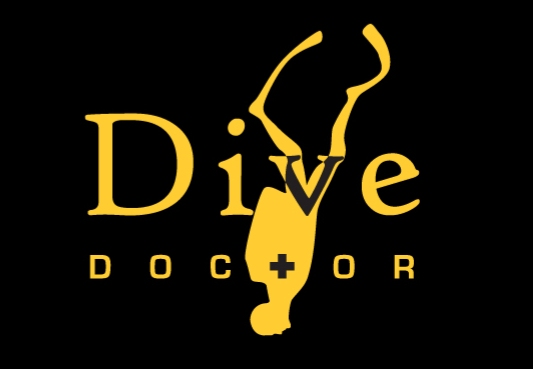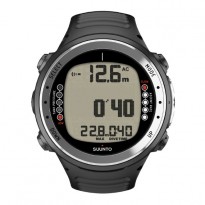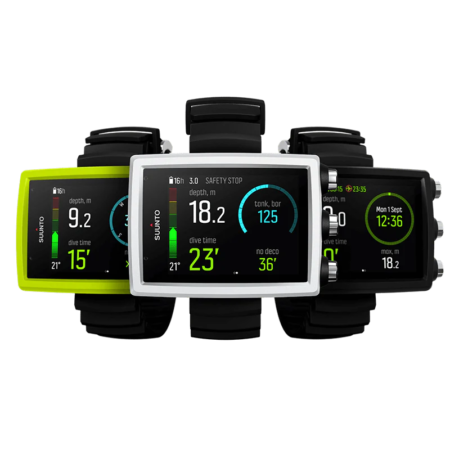Description
A GREAT FREEDIVE WATCH
The latest from Suunto Dive
The Suunto D4f Black is a specialized version of the popular Suunto D4i dive computer, focusing on the essential features for freediving, spearfishing and general snorkelling.
A key feature with this new dive computer is surface intervals times depth and bottom times.
Use the Suunto DM5 software to transfer your dive logs to Suunto Moves count to enrich and share your experiences.
In addition to collecting all the key data of your underwater adventures, the Suunto D4f includes an apnea timer to help improve your breathing technique.
Light yet robust features
Why is a Freedive Watch important?
The one thing every Spearo and Freediver needs is a Freedive dive watch.
A dive computer makes breath hold sports safer, more enjoyable and helps to improve performance.
Freedivers were some of the first to start using Freedive computers for breath hold and over time the training and the safety side of freediving have trickled their way into spearfishing. The need to understand how to dive deeper and safer has become increasingly important to the spearfishing community.
If you hold your breath your body produces carbon dioxide (co2) the longer you hold it the more it produces. Our body is not a fan of co2, so if you have short surface intervals (time between dives) then you co2 keeps building up. Your dives become shorter and the high co2 could be one of the contributing factor to a possible SWB “Shallow Water Blackout” basically you are unconscious underwater (this is NOT what any of us want) and this is where the Freedive computer comes into play, helping you manage yourself and your dives.
Surface intervals are the key thing to help your body lower your co2 levels, and this happens naturally while you are on the surface breathing. Your Freedive watch shows your surface intervals in big clear numbers while on the surface. Most importantly, the longer the surface interval the lower the co2 you will have in your body.
Now for some breath hold training, however, this is a guide only although we have found this to be good practice. A minimum surface interval should be double your dive time – therefore if your dive time is 60 seconds (1 minute) you surface interval time should be 120 seconds (2 minutes) It is impossible to count this accurately (many have tried) but a quick glance at your wrist will clearly tell you this valuable and necessary information. Even if you have doubled your surface time and you still don’t feel like diving “don’t”. Wait longer. Recognise that your body is not yet ready. Some of the deeper dives or longer bottom times require longer surface intervals. You may triple your surface time or wait longer on those longer deeper dives. The longer the surface time the more time your body has to reduce the co2 in your system.
Dive time in relation to depth
A good rule of thumb when breath hold training is trying to stick to 1 meter per second. If it’s a 10 meter dive it should take 10 seconds to get there, and 10 seconds to get back. So you should be aiming for a 20 second dive plus any bottom time. This rule is an easy one to remember enabling you to be more efficient in the water. Use this rule when spearing.
Here are some other great features that your Freedive watch offers:
Will also keep track of your buddies dive time. (use your surface time as a guide)
Depth Alarms – set a depth alarm just in-case you go deeper than expected – ideal for blue water hunting and equalising at depth( the latter is more used in depth training and Freedive competitions)
Stopwatch – perfect for training.
Time – keeping track of the day.
Back light – Enables you to see your screen in the dark.
Depth – How deep you are.
Dive Counter – Counts your dive.
Dive History/log – Review your dive history.
Water temp – Helpful finding some species that prefer certain water temperatures.
Training Mode – Some watches have a training mode for breath hold training.







